Common Summertime Skin Conditions
Summer is a time for fun in the sun but can also bring many symptoms of summer skin problems. The hot and humid weather can wreak havoc on your skin, from sunburns and heat rashes to acne and dehydration. However, with the proper knowledge and a few simple steps, you can keep your skin healthy and glowing all summer.
This article will explore some common symptoms of summer skin problems and their solutions.
The Science Behind Sun Protection
According to the American Academy of Dermatology, heat-related skin conditions increase during summer. Moreover, The study found that heat rash, also known as malaria, is one of the most common heat-related skin problems, affecting up to 40% of people living in hot, humid climates. The study also noted that heat rash is more common in infants and young children, as their sweat glands are not fully developed.
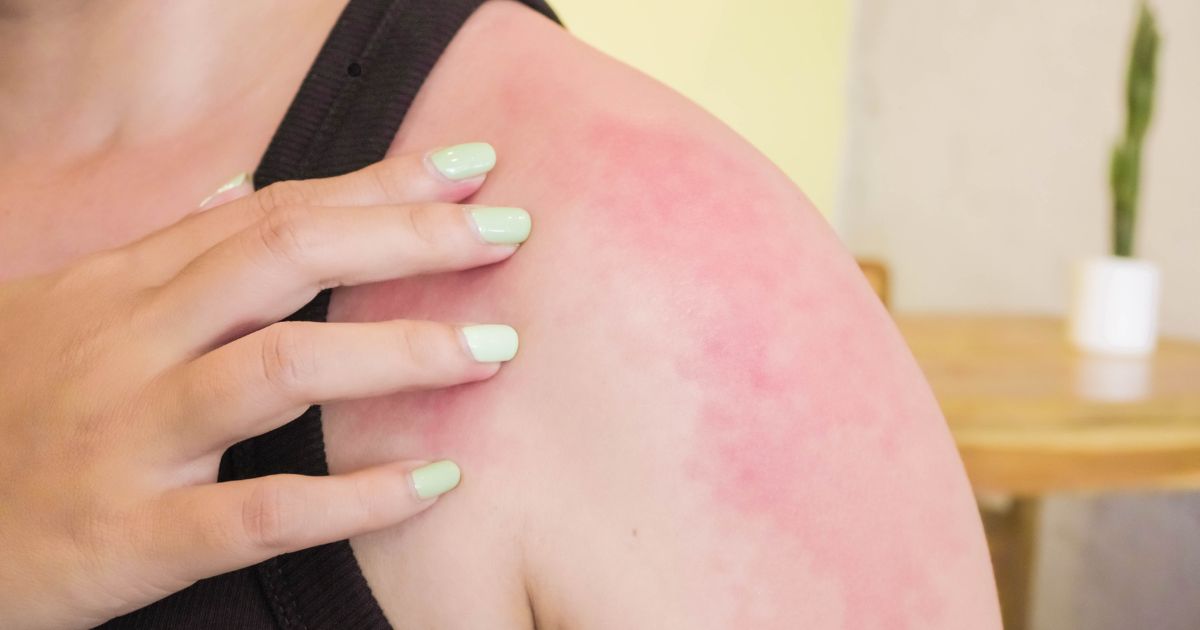
1. Sunburn
One of the most common summer skin issues is sunburn. Exposure to UV rays can cause redness, pain, and even blistering. Always wear sunscreen with an SPF of at least 30 to prevent sunburn, and reapply every two hours or after swimming or sweating. Seek shade during peak sun hours, and wear protective clothing like hats and sunglasses.
Symptoms
- Red, tender skin that is warm or sensitive to the touch
- Skin that feels hot to the touch
- Pain and soreness
- Blisters that develop hours or days later
- Peeling skin on sunburned areas several days after the sunburn
- Severe reactions like fever, chills, nausea, or rash (also called “sun poisoning”)
The severity of symptoms depends on factors like skin type, duration of sun exposure, and whether the skin was protected.
Solutions
- For mild sunburn, you can treat it at home by Getting out of the sun immediately
- Cooling the skin with a cool shower, bath, or damp towel
- Applying aloe Vera gel or over-the-counter hydrocortisone cream
- Taking ibuprofen or acetaminophen for pain relief
- Drinking extra fluids to prevent dehydration
- Protecting sunburned skin from further sun exposure until fully healed
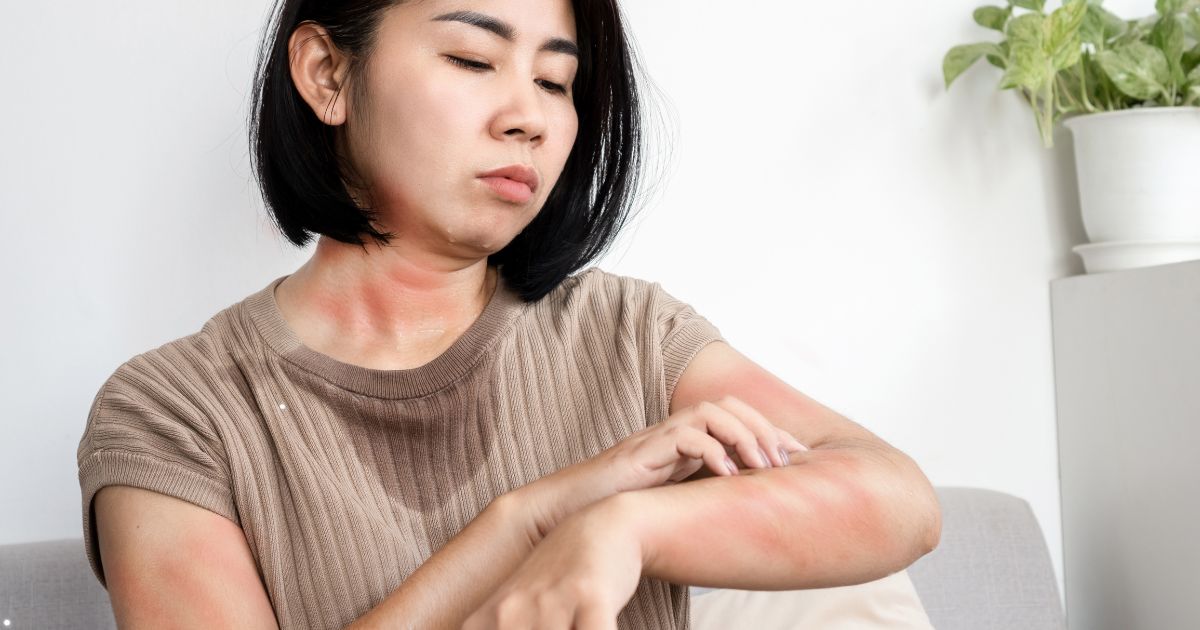
2. Heat Rash
Heat sickness, or prickly heat, is a typical summer skin problem caused by blocked sweat glands. Taking extra precautions to protect your skin during a heat wave is essential.
Symptom
- Red bumps, itching, slight swelling
- Small raised spots called papules
- Occurs in sweat-prone areas like the face, neck, under breasts, beneath the scrotum
Solutions
- For treating heat rash at home, consider the following remedies-
- Apply a cold compress – Using ice wrapped in a towel can reduce redness, swelling, and itching.
- Keep skin dry and clean – Avoid scratching and tap or pat the skin to relieve itching.
- Use lightweight bedding – Opt for loose, cotton clothing to allow air circulation and prevent irritation.
- Take a lukewarm oatmeal bath – Soothe the skin with an oatmeal bath to reduce inflammation and itching.
- Avoid irritants – Avoid scented products and thick lotions that can clog pores.
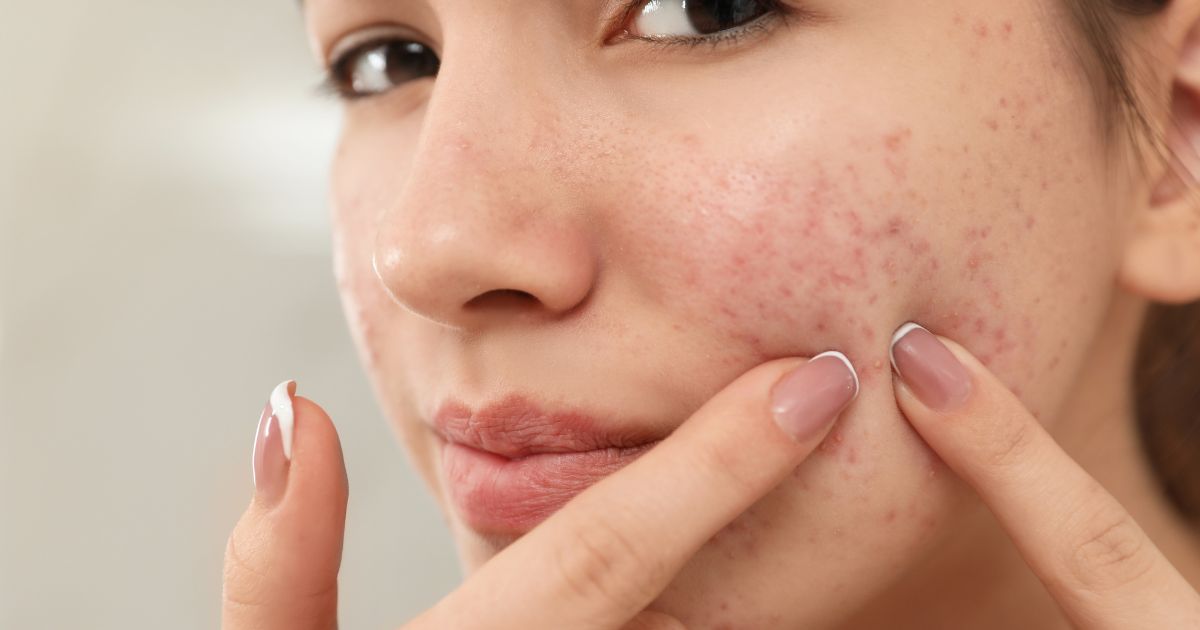
3. Acne
Summer heat and stickiness can aggravate acne by increasing oil production and clogging pores. To prevent acne, use oil-free, non-comedogenic products, and wash your face twice daily with a gentle cleanser. Avoid touching your face with your hands, and keep your hair clean and off your face.
Symptoms
- Blackheads, whiteheads, pimples
- Inflamed, red bumps
- Cystic acne – deep, painful lumps under the skin
- Oily skin and enlarged pores
- Can occur on the face, back, chest, shoulders
Solutions
- Use oil-free, non-comedogenic skincare products
- Wash your face twice daily with a gentle cleanser
- Avoid touching or picking at acne
- Keep hair clean and off-face
- Use over-the-counter acne treatments with benzoyl peroxide or salicylic acid
- Consider prescription retinoids, antibiotics, or hormonal treatments for severe acne
- Manage stress and maintain a healthy diet
- See a dermatologist for persistent or cystic acne
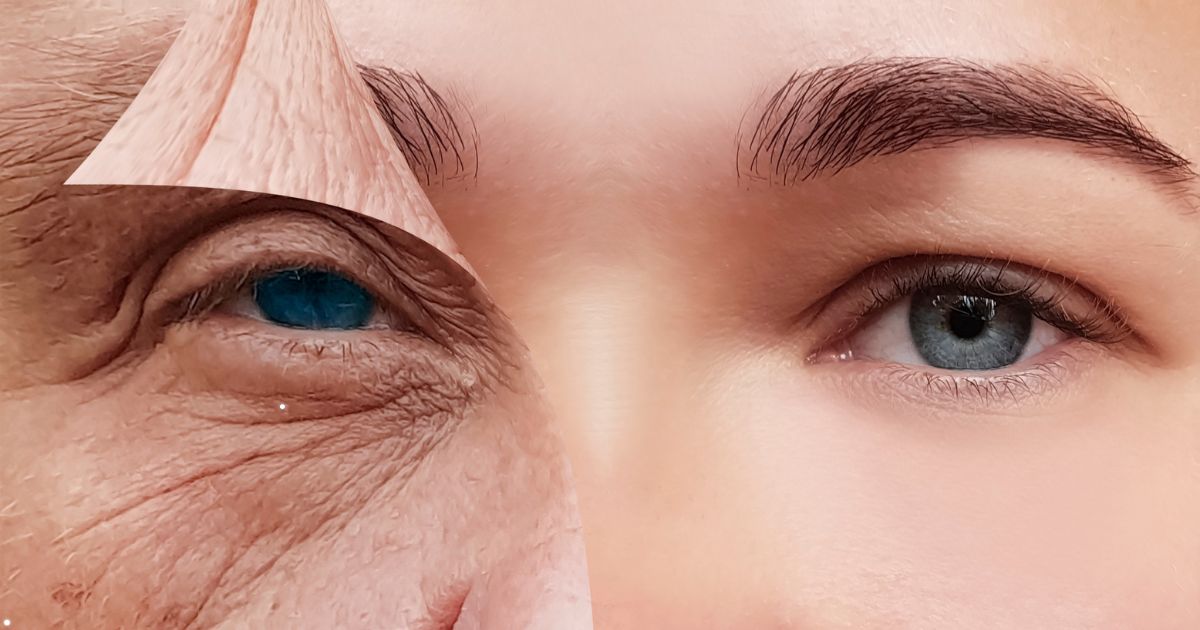
4. Dehydration
Summer heat can cause your skin to lose moisture, leading to dryness, flakiness, and irritation. To keep your skin hydrated, drink plenty of water, use a hydrating serum or moisturizer, and avoid hot showers and baths. Consider using a humidifier in your home to add moisture to the air.
Symptoms
- Thirst
- Dark urine
- Fatigue
- Dry mouth
- Decreased urination
- Less tear production
- Dry skin
- Constipation
- Dizziness
- Lightheadedness
- Headache
- Low blood pressure
Solutions
- Drink plenty of fluids, such as water, diluted squash, or fruit juice
- Avoid alcohol and caffeine
- Use oral rehydration solutions or make your rehydration fluid
- Seek medical attention if symptoms persist or worsen
- Treat underlying causes, such as diarrhea or vomiting
- Monitor vital signs, including heart rate and blood pressure
- Use a urinalysis to check for electrolyte loss
Consider intravenous fluids for severe dehydration
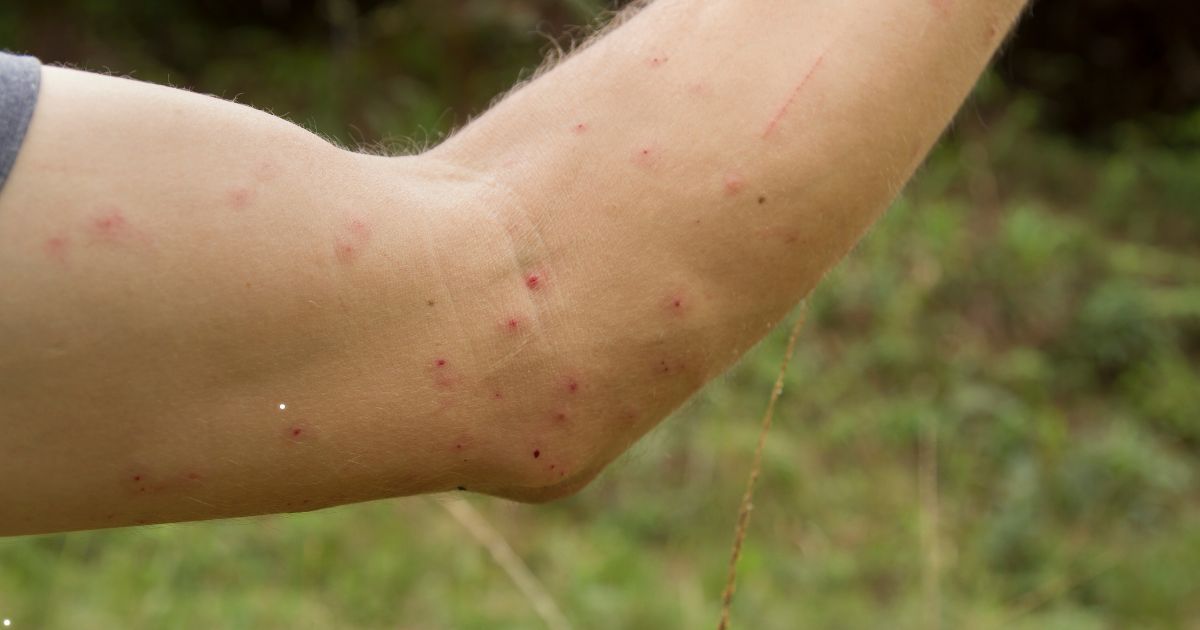
5. Bug Bites
Furthermore, Summer is a time for outdoor activities, but it’s also a time for bug bites. Wear insect repellent, long sleeves, and pants to prevent bug bites. If you get bitten, apply a cold compress and avoid scratching the affected area.
Symptoms
- Red, itchy bumps
- Swelling
- Blisters
- Bumps that can become infected
- Itching and scratching
- Inflammation
- Pain
- Fever
- Swollen lymph nodes
- In severe cases:
- Difficulty breathing
- Swelling of the face, lips, or tongue
- Difficulty swallowing
- Severe allergic reactions
Solutions
- Apply calamine lotion or hydrocortisone cream to reduce itching and inflammation
- Use antihistamines to relieve itching and reduce allergic reactions
- Apply cold compresses to reduce swelling and itching
- Avoid scratching to prevent infection
- Use topical antibiotics to prevent infection
- Take oral antihistamines or corticosteroids for severe reactions
- Seek medical attention if symptoms persist or worsen
- Use insect repellents to prevent bites
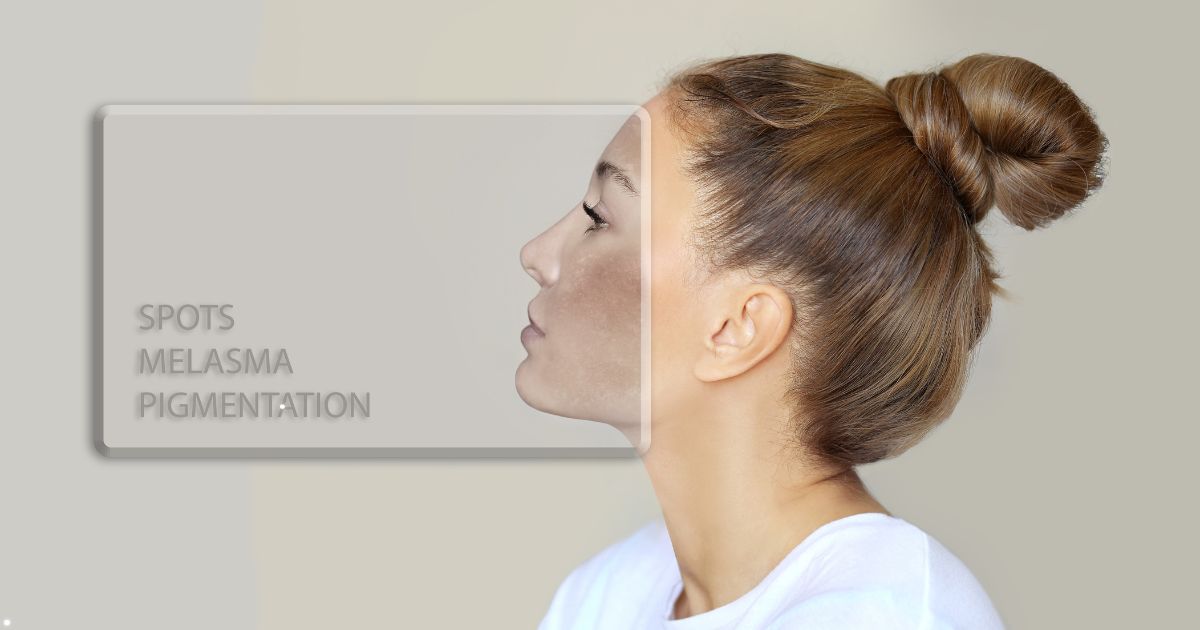
6. Sun Spots
Sunspots, or solar lentiginous, are dark spots caused by UV exposure. Always wear sunscreen and seek shade during peak sun hours to prevent sun spots. Consider using a brightening serum or cream with vitamin C, kojic acid, or licorice root extract.
Symptoms
- Flat, oval spots darker in color than the surrounding skin
- Tan, brown, or black
- Up to 1/2 inch in size, can appear clustered
- Appear on sun-exposed areas like the face, arms, hands, shoulders
- Painless
Solutions
Topical Treatments-
- Over-the-counter skin-lightening creams/lotions
- Prescription hydroquinone bleaching products
- Products with vitamin C, retinoids, steroids
Summary
By following these solutions and tips for summer skin problems, you can enjoy the season while keeping your skin radiant and healthy. Stay calm and protected this summer for more information on managing heat waves and their impact on health!